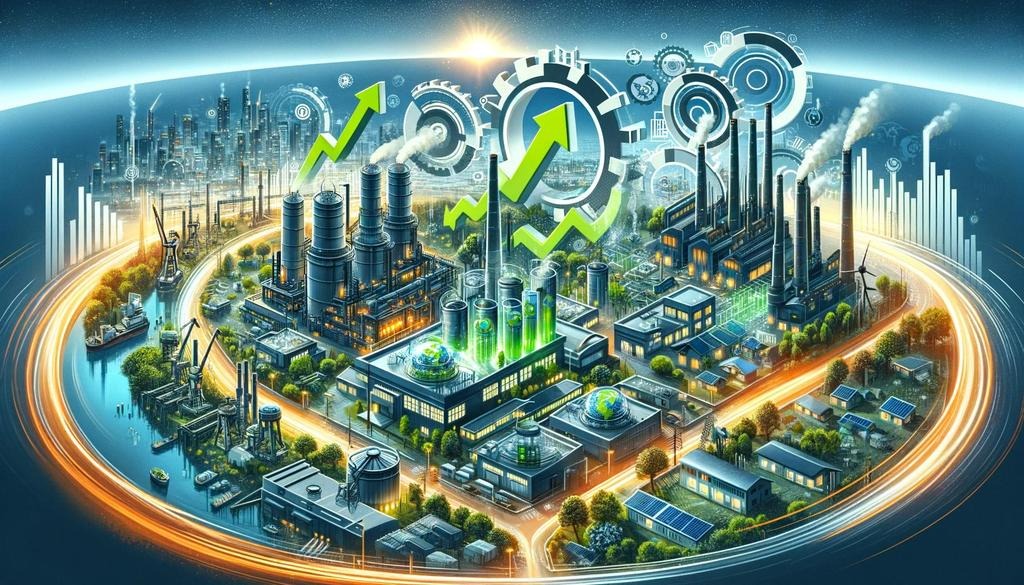As the global steel industry races to decarbonize, "green steel"—produced using renewable energy and hydrogen—remains the gold standard for sustainability but is still distant and expensive for mass adoption. However, a new contender, "teal steel," is emerging as a pragmatic bridge between today's carbon-intensive methods and tomorrow's zero-emission ambitions.
Key Highlights:
Green Steel: The Ideal, But Not the Immediate Reality
Green steel, made via hydrogen-based direct reduced iron (H2-DRI) and electric arc furnaces (EAF), can slash emissions by up to 95% compared to traditional coal-based steelmaking.
The technology is proven but not yet widely scaled due to high costs—studies show green steel needs a price premium of up to 51% over conventional steel to be competitive, largely due to the cost of green hydrogen and renewable electricity.
Major players like Baosteel and Thyssenkrupp are making strides, but even optimistic forecasts expect large-scale green steel production to remain limited through the decade.
The Rise of Teal Steel
Teal steel refers to transitional technologies that blend lower-carbon processes—such as using natural gas-based DRI, partial hydrogen, or electric smelting furnaces (ESF)—with existing infrastructure.
These methods can cut emissions significantly (though not as much as full green steel) and are cheaper and faster to implement, making them attractive for steelmakers seeking to decarbonize without prohibitive costs or total system overhauls.
ESF-BOF (Electric Smelting Furnace–Basic Oxygen Furnace) technology, for example, uses electricity instead of coal but can still process lower-grade ores and fit into current steel plant footprints, reducing both emissions and capital expenditure.
Industry Outlook
The steel sector, responsible for 7–8% of global CO2 emissions, faces mounting pressure from regulators and customers to clean up its act.
As green steel remains expensive and slow to scale, teal steel is gaining traction as a near-term solution—offering meaningful emissions cuts, lower costs, and a smoother transition for legacy producers.
Experts predict that while green steel will ultimately dominate, teal steel will play a pivotal role in the next decade, enabling the industry to progress toward net-zero targets without waiting for a perfect (and costly) technological leap.
In summary, while green steel is the ultimate goal, teal steel is set to become the industry’s practical workhorse—delivering cleaner steel today while paving the way for the zero-carbon future.
Sources: Transition Asia, Wood Mackenzie, Energy Monitor, Sunvik Steels, Cambridge Journal, Steel Technology
